There Are Grand Theft Auto Nature Documentaries
December 29, 2016 in Daily Bulletin
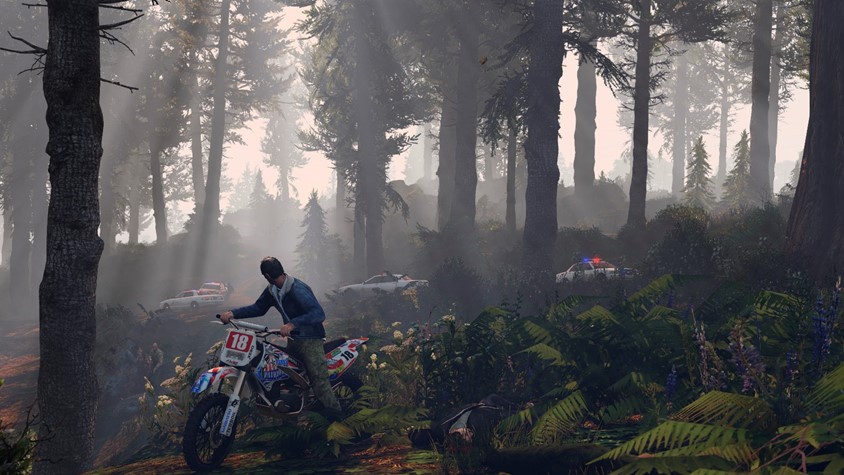
In a wider article about the weird evolution of video games, Cracked had an entry on Grand Theft Auto V:
- “Onto The Land” is a documentary filmed entirely in the world of Grand Theft Auto. It focuses on the in-game world’s wildlife.
- The documentary is only 15 minutes long but took half a year to make – including time for research on the behaviour of in-game animals.
- Another documentary looks at marine life under the oceans of GTA – something that was likely coded as an after-thought by the game’s creators, since most of the action takes place on the land.
- Other documentarians look at the social structures within the game. There’s one particularly close-knit bike gang that players have set up (complete with a real-life, full-time PR rep), and one team created a documentary on the inner workings of the gang.
Read more and find links to the documentaries at the Cracked article.


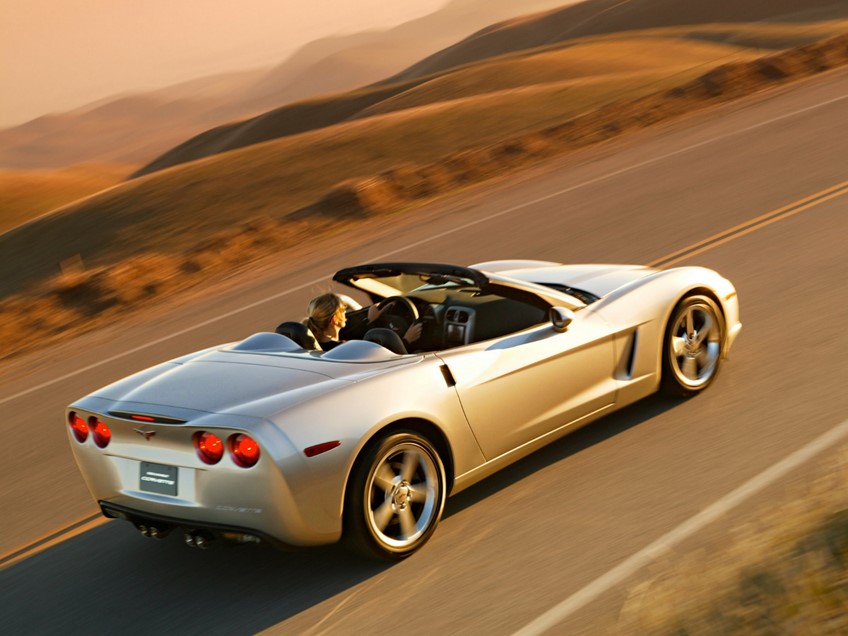

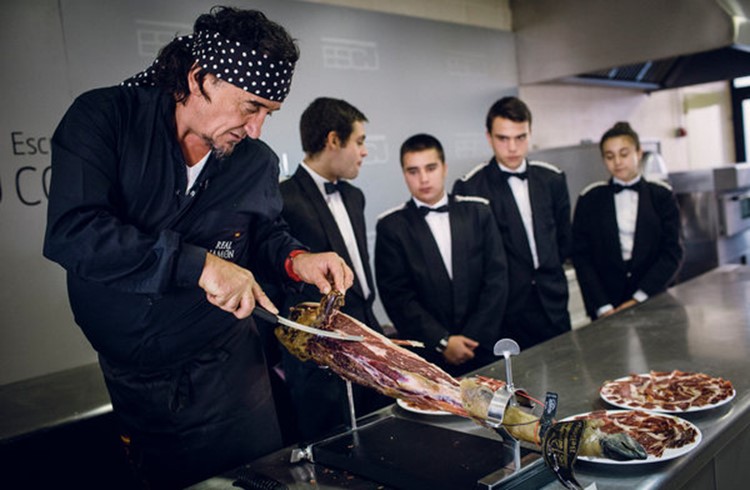
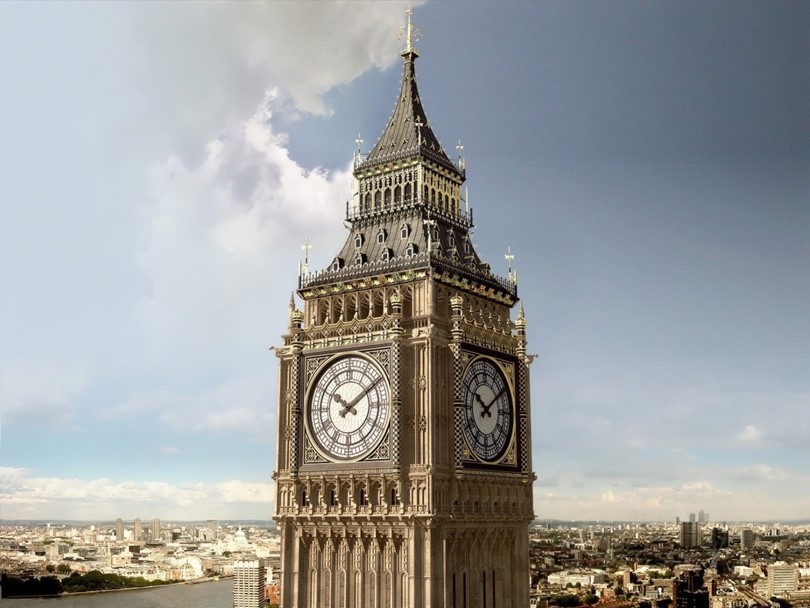

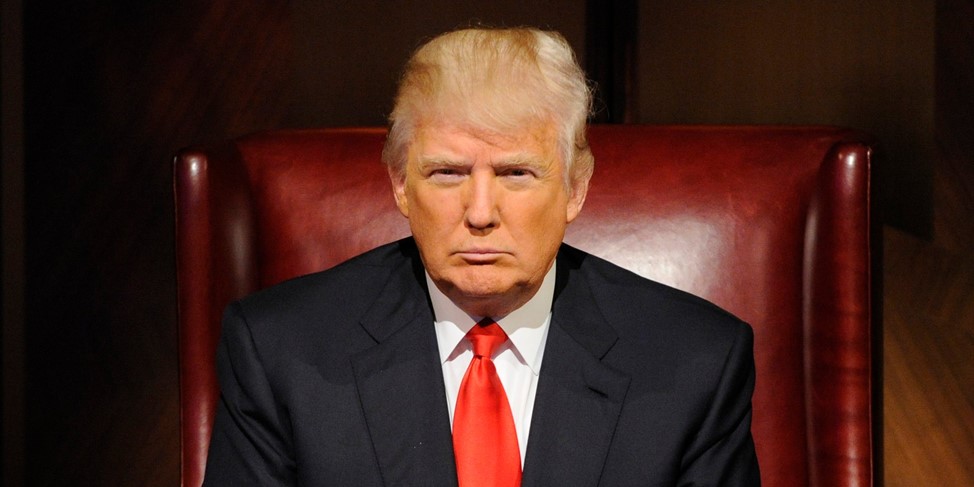
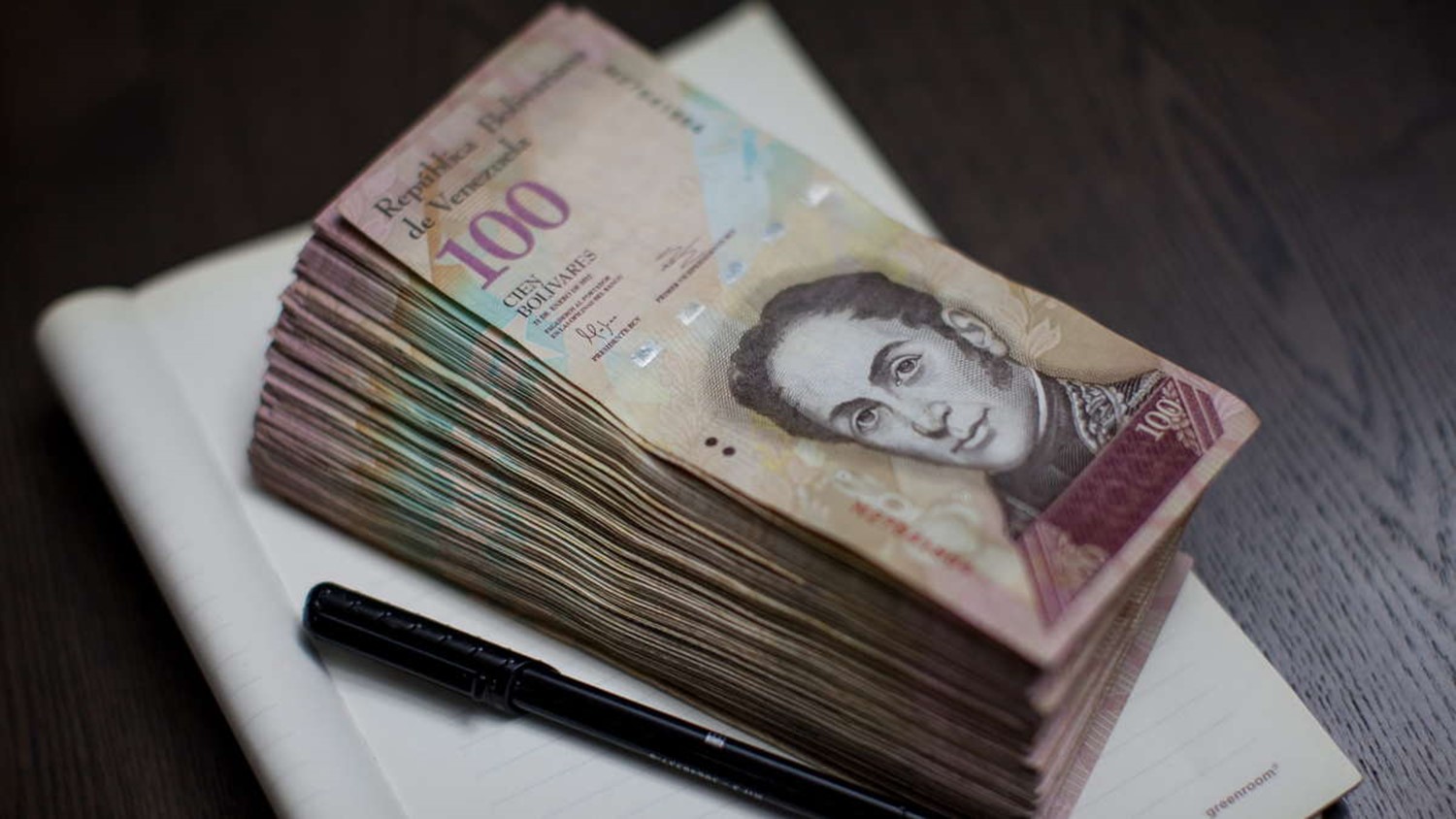
Join the Discussion! (No Signup Required)